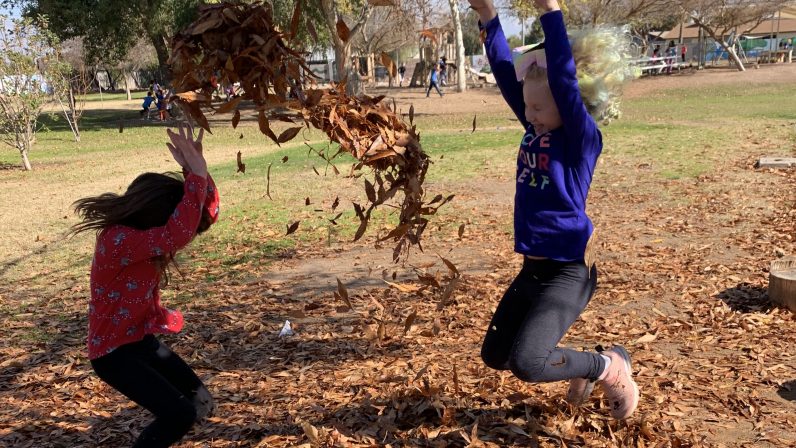Now that I have a seven-month-old great-granddaughter, I have more exposure to the “must have” gadgets and gizmos designed to make caring for a baby easier. Over the past several months, our house has filled up with all sorts of paraphernalia to keep the baby safe and cognitively stimulated. It’s made me realize how basic the baby equipment was for my two young daughters over forty years ago.
Some items I see these days almost give off the vibe that if you don’t have them for your baby, he or she might fall behind. This is especially prevalent with toys. There are ads all over Instagram for educational toys guaranteed to improved your baby’s mind. Some toys, like blocks, have endless uses, while others are limited in their use and are mostly intended for entertainment, leaving very little for the child to figure out. And often children just have too many toys.
In a recent article about the benefits of children having fewer toys, the author suggested that a smaller number of toys at one time helps a young child focus better and play more creatively. In our toddler classes, we have a variety of toys that get switched out regularly. You will notice that there are just a few toys on each shelf, in part to minimize cleaning up so many pieces, but also to invite the children to focus on one or two items at a time.
As children get older, they have more complicated classroom toys, usually sorted in bins, or organized on shelves. Although there are more pieces, they are frequently open-ended. They invite imagination, language development, and creativity. A collection of scarves turns into all sorts of costumes and hideaways. A basket of Legos in a Seed classroom doesn’t have instructions on how to construct a specific object. What is created is driven by children’s imaginations, teachers’ questions, and ideas spun off of others’ creations.
This is true on our playground as well. We don’t have a lot of fancy equipment and toys for children to play with. Instead, they play with sand, mud, sticks, and leaves at specific times of the year. Their tools are shovels, spoons, metal pans, and an occasional truck. Their imaginations guide the play.
Just this week a huge collection of leaves was raked up into a big pile. There was a flurry of children in the area, waiting eagerly to jump in and on the pile, then toss leaves at friends. I have a feeling the play will shift in the coming days, as new ideas surface for how to use the leaves. They will, undoubtedly, stay engaged as they think of new ways to incorporate them into their play. It’s like the suggestion to give children fewer toys. Sometimes less is more…

